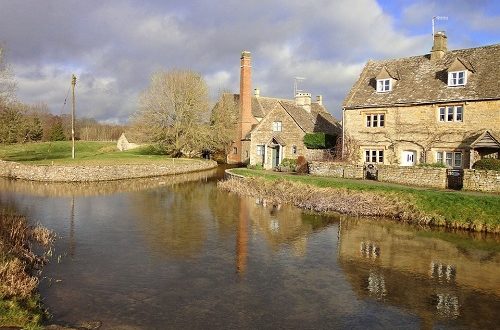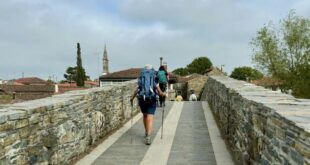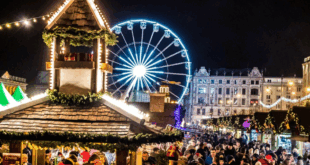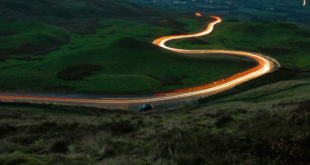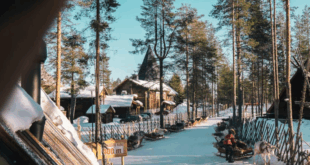The Cotswolds sits between Oxford and Bristol, it is the largest designated Area of Outstanding Natural Beauty (AONB). AONBs like our National Parks enjoy additional planning protection. Unlike the parks, there is no separare park wide authority.
About
The Cotswolds covers an area of approximately 800 square miles across parts of Gloucestershire and Oxfordshire. It reaches as far south as Bath and as far north as Chipping Camden. Cheltenham lies on its western edge and Cirencester, the largest town within the AONB boundary towards it’s south. Cotswold District Council covers a large area within Gloucestershire.
Although only designated an AONB in 1966, the areas popularity with tourists goes back centuries. The railways arrived with the Victorians leading to a growth in tourism and also to its popularity as a place to live or buy a holiday home. Approaching 40 million tourist visits are made to The Cotswolds and surrounding towns each year.
The characteristic features giving the beauty are the rolling fields, generally a lush green and the characteristic picture postcard towns and villages built from golden coloured cotswold stone. Before the industrial revolution, wool generated the regions wealth, there are many fine churches built on the proceeds of this once large industry.
Key Tourist Spots
Most people when thinking of the Cotswolds, have an image of water, golden stone buildings and pretty gardens. The randomness, lack of planning and narrow lanes adds to the charm. Many towns and villages fit the bill, but certain ones seem to attract the tourist, those that don’t can be the better to visit.
Bourton-on-the-Water
This is the definitive Cotswold spot with the tourist crowds to prove it. Undoubtedly it’s beautiful with the River Windrush passing through the centre crossed by several ancient stone bridges. Highlights include the motor museum, the model village and the model railway. Most visitors are there just for the place, walking around taking in the sights and possibly stopping at one of the many tea shops or pubs.
Broadway
Another classic Cotswold town, the broad main street is lined with classic stone buildings. It’s popular with artists, craft shops and gifts. Just outside is Broadway Tower, a folly built on a hilltop. A heritage railway now operates to the town’s former main line station.
Burford
Burford for those travelling from the East and Oxford, it is the gateway to The Cotswolds. Situated just off the A40 trunk route it takes under two hours by road from London. It fits the image, with a wide street of beautiful stone buildings, an historic stone bridge and a river. The Burford Garden Centre, is a shopping destination, it’s not just for gardeners, being just off the A40, it’s a good place to stop for lunch.
Cirencester
This is the largest town in the AONB. It was an important Roman settlement, finds can be seen in the Corinium Museum. Cirencester Park home to the Bathurst family has grounds open to the public.
Moreton-in-Marsh
This is one of the larger towns with more familiar shops. It still has a railway station with trains serving London Paddington.
Stow-on-the-Wold
This small market town has an attractive town centre with enough space for the crowds. Shops cater for both tourists and everyday needs. There is a wealth of tea and coffee shops as well as restaurants.
The Slaughters
Don’t be put off by the name. Upper and Lower Slaughter are two of the prettiest villages in The Cotswolds, some would say in England. Thankfully due to the lack of parking and amenities, they don’t attract the hoards that others do. Leave the car in Bourton and take the walk, it is worth it. At Lower Slaughter there is a mill open to the public with a tea room.
 Travellers Club The Travellers Club, a free to join on-line club for everyone who loves to travel.
Travellers Club The Travellers Club, a free to join on-line club for everyone who loves to travel.
